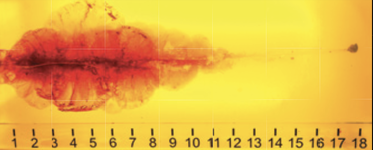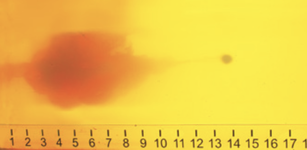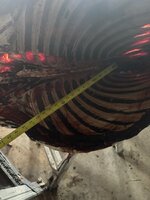Billogna
WKR
The history and effectiveness of "traditional" big game cartridges is vastly and well documented. Their efficacy on big game was never discounted by anyone in the small caliber camp. Unfortunately it keeps being interpreted that way. The problem is that too many hunters associate their "man hood and "hunting ethics" with larger case sizes. They simply can't check their ego at the door and choose to remain willfully ignorant and continue to deny a mountain of evidence right in front of them. There are none so blind as he who will not see.My last post on this thread. You're welcome.
Those of you posting on "the new approach to all this" may in fact be right. Some good evidence that you are.
What's disturbing is your reluctance to accept what "we doubters" have seen / been taught / believe over many decades of reloading and hunting with a long list of cartridges. We post our doubts not so much to disagree with you but to compare / examine / evaluate / process what you are saying. A bit more latitude on your part in your responses would lead to more productive, more enlightening discussions where we might end up seeing your good points.
The knowledge and experiences expressed in this thread are all appreciated. I, for one, share the same passion you have for creating the very best approach to this eminently worthwhile subject.
Cheers!!





